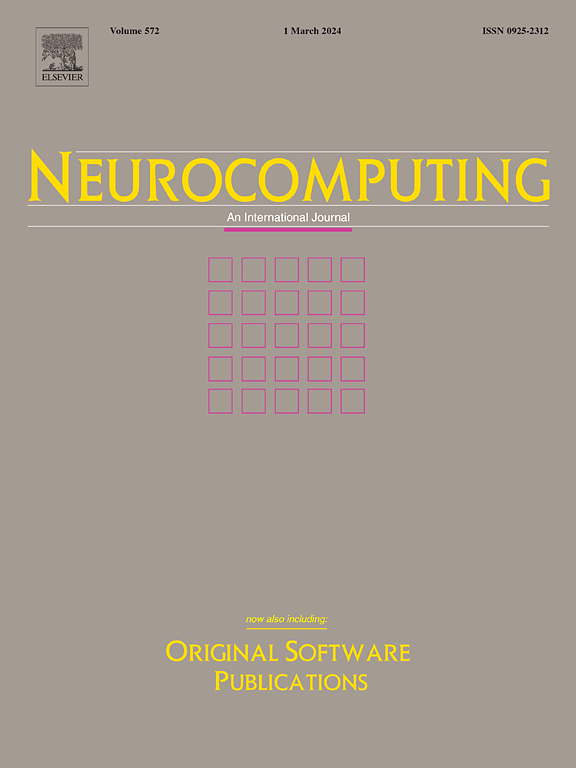图结构学习的自省:基于最小支配集的图骨架提取
IF 5.5
2区 计算机科学
Q1 COMPUTER SCIENCE, ARTIFICIAL INTELLIGENCE
引用次数: 0
摘要
图结构学习(GSL)是近年来引起广泛关注的一种数据驱动的学习方法。然而,对潜在图属性的理解不足给有效的图建模带来了各种挑战。这就提出了以下问题:哪种类型的图骨架可以保留最重要的潜在属性,这些属性会显著影响图神经网络(gnn)在下游任务中的性能?为此,我们对同质性、度分布和连通分量这三个关键图属性进行了全面的研究,并确定了这些因素如何影响半监督节点分类任务。具体来说,我们严格评估了同质性对GNN性能的影响。在此基础上,提出了一种基于最小支配集(MDS)的双稀疏图提取方法,在给定的边缘采样比下智能地选择信息边缘。该方法有效地捕捉了度分布的无标度特征,并优先考虑保持节点连通性。实验结果表明,同质性是实现高GNN精度的关键因素。此外,度分布和连接分量从局部和全局拓扑的角度描述了图的连通性模式,这与GNN消息传递机制下的节点分类性能高度相关。这项工作揭示了考虑图骨架的必要性,并为使用这些潜在图属性促进GSL提供了一个垫脚石。本文章由计算机程序翻译,如有差异,请以英文原文为准。

An introspection of graph structure learning: A graph skeleton extraction via minimum dominating set
Graph structure learning (GSL) is a data-driven learning approach that has garnered widespread attention in recent years. Nevertheless, the insufficient understanding of latent graph properties poses various challenges for effective graph modeling. This raises the following question: What type of graph skeleton can preserve the most crucial latent properties that significantly impact the performance of graph neural networks (GNNs) in downstream tasks? To this end, we have conducted a comprehensive study on three key graph properties: homophily, degree distribution, and connected components, and determined how these factors influence semi-supervised node classification tasks. Specifically, the influence of homophily on GNN performance is rigorously assessed. Motivated by the analysis, a dual-sparsity graph extraction method, based on the minimum dominating set (MDS), is proposed, to intelligently select informative edges under a given edge sampling ratio. This method effectively captures the scale-free characteristics of the degree distribution, and prioritizes the preservation of node connectivity. Experimental results show that homophily is a key factor in achieving high GNN accuracy. Additionally, the degree distribution and connected components describe the connectivity patterns of the graph from both local and global topological perspectives, which are highly correlated with node classification performance under the GNN message-passing mechanism. This work reveals the necessity of considering the graph skeleton and provides a stepping stone for facilitating GSL using these latent graph properties.
求助全文
通过发布文献求助,成功后即可免费获取论文全文。
去求助
来源期刊

Neurocomputing
工程技术-计算机:人工智能
CiteScore
13.10
自引率
10.00%
发文量
1382
审稿时长
70 days
期刊介绍:
Neurocomputing publishes articles describing recent fundamental contributions in the field of neurocomputing. Neurocomputing theory, practice and applications are the essential topics being covered.
 求助内容:
求助内容: 应助结果提醒方式:
应助结果提醒方式:


